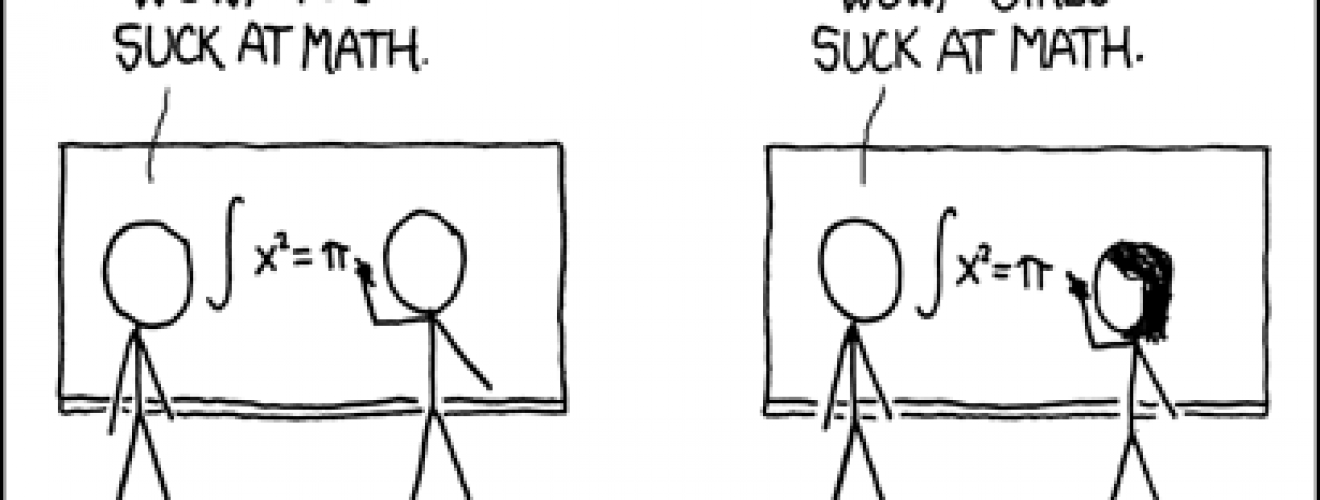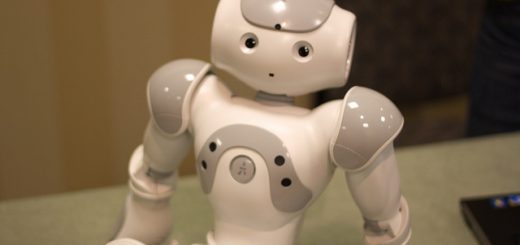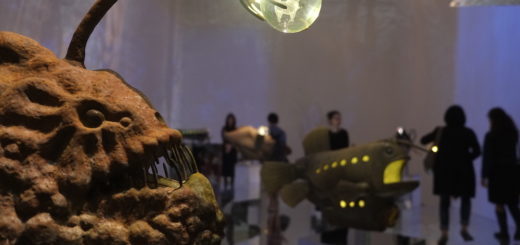The Weaker Science: When Gender Bias Meets Editors

When I started my research for this article, I have to admit I was not expecting what Google had in store for me. In fact, I was shocked to find that a single search returned so much material that I could have written a whole book about gender bias in publishing. Newspaper articles, research papers, blog posts and comments from readers piled up reaching almost 5 million hits. Surprisingly, most of the statistical data on gender bias came from the journals themselves, as they acknowledged the issue and proposed possible solutions. Their ideas worked in part, as slight improvements have been reported in the most recent statistics, but gender equality is still far from being a reality.
A paper published in Nature in January of this year 1adds another layer to the knowledge we already had. The different background of the authors, Jory Lerback, a Masters student at the University of Utah (USA), and Brooks Hanson, director of the American Geophysical Union (AGU), enables them to look at the topic from two different perspectives. Unlike the majority of previous papers, this not only focuses on the gender of submitters to, and reviewers of AGU journals but also gives details about their age group.
The AGU, an international non-profit scientific association with 60,000 members in 137 countries, currently publishes 20 journals and more than 6000 papers per year, which makes it the largest Earth and Space science publisher. Since 2013, it has asked authors and reviewers to disclose their age and gender on a voluntary basis and subsequently, around 79% of its contributors were happy to reveal both. The authors combined the data to produce a set of statistics, drawing a compelling picture of how gender bias has influenced the publication process from 2013 to 2015. Let’s dive in!
First of all, it appears that papers submitted by female authors have a slightly higher acceptance rate than those submitted by men (61% vs 57%). This could be due to either “positive discrimination” towards women, i.e. the reviewer is predisposed to accept a paper from a female author, or to greater caution exhibited by female researchers on factors such as the likelihood of the paper being accepted by a specific journal depending on the topic and results of the work. So far then, the situation does not look too grim. However, women tend to submit less and less as they grow older. Surprisingly, every single paper submitted by a male lead author in his eighties was accepted, whereas just half of those proposed by women in the same age group were published. It almost looks like in the eyes of some editors, men grow wiser with age, while women grow senile.
Another major trend highlighted by the paper concerns the reviewing process itself. Serving as a peer reviewer for a paper is considered a very important step in the career of a researcher, as it helps improve their writing and editing skills and enables networking in their specific field of research. However, under the control of male editors, only 17% of appointed reviewers are women. Female editors don’t fare much better, appointing women as reviewers just 22% of the time. Another surprise comes from the female researchers themselves, as they refuse the opportunity to review papers at a higher rate than men. When asked for the reasons behind their refusal, the majority of scientists indicated workload as the main factor. This may explain why they turn down reviewing opportunities as they progress in their careers and shoulder more responsibilities. In the case of female scientists, however, this is aggravated by social pressures to shoulder family responsibilities, such as child care and looking after older relatives. Women also experience pressure in the workplace to keep proving they deserve their post. Over time, this leads to a lack of confidence and reluctance to take up another challenge 2.
In conclusion, Lerback and Hanson’s paper highlights that a bias against female authors and reviewers remains an issue, despite journals trying to address the problem by introducing ad hoc measures to increase female participation. For example, in the case of the AGU, hiring more female editors has helped to reduce the gender gap. Another option that is currently being tested by Elsevier, is double blind peer reviewing, in which reviewers and authors don’t have any information about each other.
Like AGU and Elsevier, many other publishers are actively trying to fight gender bias at different levels and undoubtedly this is starting to make a difference. But as they say, Rome wasn’t built in a day, so patience is in order.
However, a reflection on the wider problem can’t be avoided. Gender bias within publishing is only one part of the issue. Women in science still face daily instances of sex discrimination within their field of research. We hear about so many instances of discrimination every day that we’re growing numb, and less surprised every time. Let’s not forget about the unacceptable incident concerning Fiona Ingleby, an evolutionary biologist who was told to add a male co-author to back up her ideas and add a bit of authority to her claims. Even though the outrage was echoed across the scientific community on Twitter and the story covered in some scientific journals, it didn’t gain much coverage in the popular media. 3. We are past the time when we can ignore sexism, and must not dismiss this incident as an isolated case. Society should take action whenever a woman is discriminated against simply because she doesn’t have a Y chromosome. It’s about time everyone, both within the scientific community and the wider public, realise there’s no such thing as a weaker sex – believing in such outdated stereotypes will only lead to weaker science.
This article was specialist edited by Gabriela De Sousa and copy edited by Kirsten Munro.
References
- For the full article which includes detailed pie charts and graphs, visit http://www.nature.com/news/journals-invite-too-few-women-to-referee-1.21337
- If you want to know more about what it means to be a woman in science from the psychological point of view, a good place to start is https://thepsychologist.bps.org.uk/volume-27/december-2014/women-scientists-psychology-time-action
- If you haven’t heard about it, read it here http://www.nature.com/news/science-and-sexism-in-the-eye-of-the-twitterstorm-1.18767










